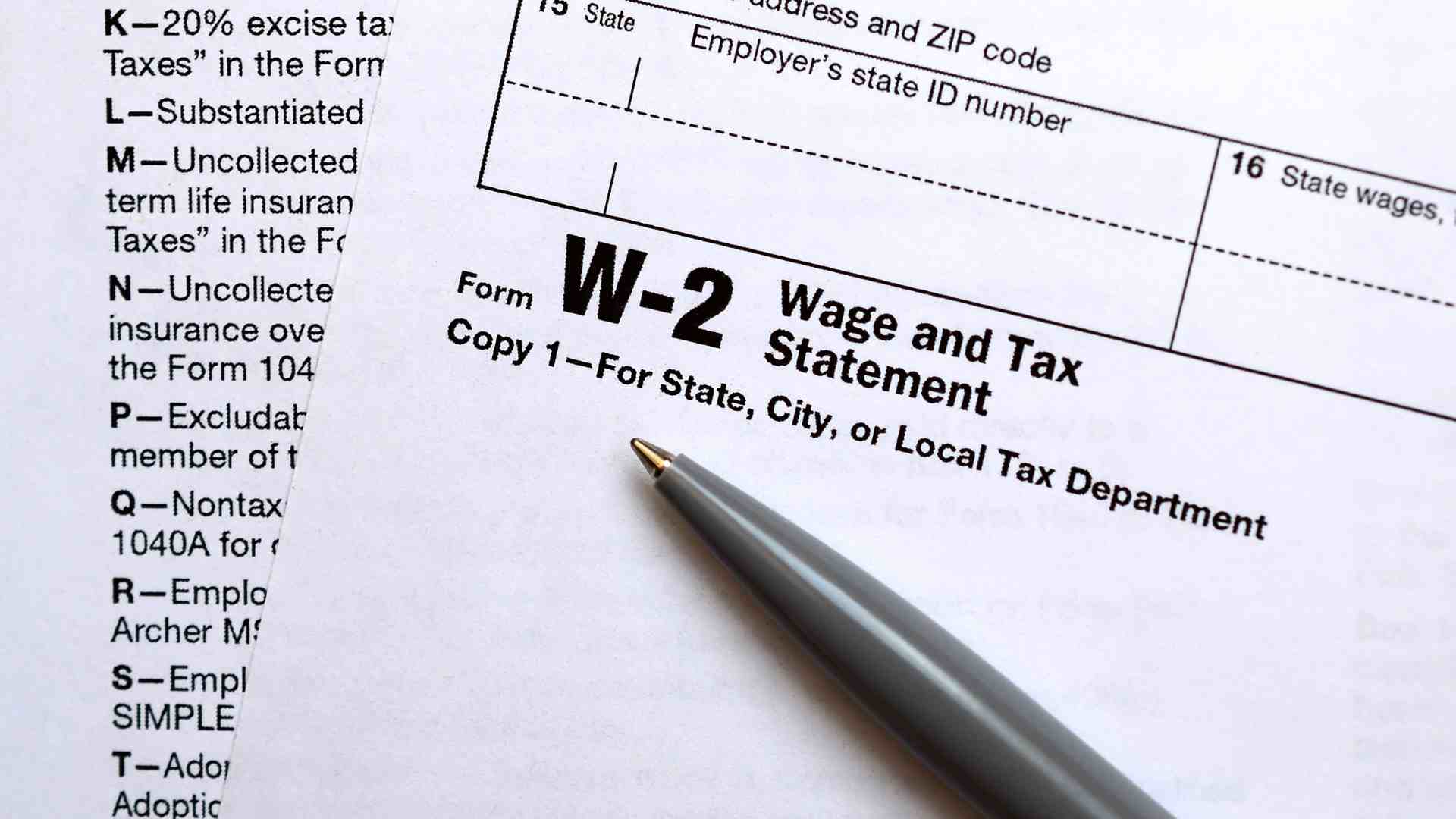Torben Robertson
12 mins
2024 IRS Mileage Rate: Predictions and Guide to Use (2024 Update)

Follow us on LinkedIn
Our PageIntroduction
If you or your employees drive a personal car for work purposes, being aware of the most current and accurate IRS standard mileage rate is essential. The standard rate is the amount that companies can reimburse their employees for qualified business mileage tax-free, and the rate at which self-employed individuals can deduct business mileage. While it’s important for employers and employees to stay up-to-date on any rules and regulations related to vehicle reimbursement, the IRS standard rate is one that can be expected to change on a regular basis.
While the IRS has yet to announce the standard rate for 2024, it’s important for employers and employee drivers to be aware of the current landscape of mileage reimbursement, how to prepare for an anticipated rate change for the upcoming year, and what they can anticipate for 2024.
What is the IRS Standard Rate?
The IRS standard mileage rate is a recommended reimbursement rate for business travel that’s provided by the IRS. The IRS publishes updated mileage rates on a regular basis. These updates typically occur on an approximately yearly basis, although the IRS could theoretically publish an updated rate at any time. With that, it’s the responsibility of employers and employees to be aware of any changes, and update their mileage reimbursement program accordingly.
While providing your employees with mileage reimbursement at the IRS standard mileage rate is optional, it’s important for companies to be aware of even if they’re choosing their own mileage rate. The standard rate impacts the way that taxation of mileage reimbursement works, which has financial implications on both employees and the company. Many companies choose to use the IRS standard rate, since it can make reimbursement calculations simple.
Any reimbursement amount that’s provided to employees for authentic business travel at or below the IRS standard rate is typically considered to be tax-free. If an employer offers their employees a higher mileage rate than the standard rate, the difference between the two rates may be subject to tax. It’s important to note that tax-free mileage reimbursements need to follow certain criteria to be eligible, including detailed recordkeeping of all business mileage.
The standard rate is specifically directed towards companies who have drivers that use their personal cars for business purposes. The IRS also publishes other mileage rates, including a mileage rate for miles driven for medical or moving purposes for qualified active-duty members of the Armed Forces, and a rate for driving for a charitable organization.
The Current Standard Rate
As of 2023, the standard mileage rate provided by the IRS is 65.5 cents per mile. The standard rate applies to driving a car, van, pickup, panel truck, electric vehicle, and other vehicles, as listed by the IRS.
This rate applies to all driving that the IRS considers to be business travel, such as driving between different places of work. For example, this could include driving from one office to another for a meeting. When tracking and reimbursing business mileage, it’s important to be aware of what is considered business travel, and what is considered personal travel. For example, the IRS considers commuting from a home residence to a workplace to be personal travel, and not eligible for tax-free reimbursement.
How is the IRS Standard Rate Chosen?
The IRS considers multiple factors to determine an appropriate standard mileage rate. The rate is based on an annual study conducted by the IRS that considers the different fixed and variable costs of operating a vehicle. These costs could include:
- Gas prices
- Consumer spending on vehicles
- Vehicle depreciation
- Car insurance premiums
- Inflation
- Vehicle maintenance costs
The IRS brings together these factors — considering changes over the year and regional differences — to put together a mileage rate designed to reflect the actual expenses for business travel.
How Employers Can Prepare
What can employers expect for the standard rate in 2024? The IRS standard rate has typically changed by a few cents, either increasing or decreasing. However, looking at the standard rates from a historical perspective, they have increased over time. However, this isn’t a guarantee that the standard rate will increase in 2024 — but is an indicator that the standard mileage rate will likely continue to increase overall in the future.
Employers can expect the IRS to release an updated standard mileage rate in late 2023, as previous mileage rates are often released in late December of the prior year.
For employers looking to prepare for a change in the IRS standard rate, having a solid foundation is key to being agile for any updates and changes. If your company already has an effective vehicle reimbursement program that’s well-managed and well-organized, adapting to changes as they come can be easier and simpler on your team.
Vehicle reimbursement software can help with that, by providing the necessary tools to maintain compliance, stay organized, and ensure that your program is as streamlined as possible. For example, software that provides automated, GPS-powered mileage tracking can reduce the burden placed on your employees to record detailed notes on each business trip. Instead, employee drivers can simply use an app for mileage to be logged, and administrators can pay it out at their chosen rate.
Compliance
The IRS standard mileage rate comes with tax implications, as the amount of the standard rate affects the amount of reimbursement that can be provided tax-free. However, for reimbursements to be tax-free, it’s important to know that other rules needed to be followed by both employees and employers.
Notably, employees need to keep detailed records of all business mileage. This can be done using a manual log book, a spreadsheet, or using an automatic mileage tracking app. Information on each business trip should be logged, including trip date, length, purpose, and other key details. This information is important to justify to the IRS that business travel was legitimate. Depending on the vehicle reimbursement program, other requirements need to be followed. For example, FAVR reimbursement programs have their own set of requirements for companies and their employees, including requirements related to a minimum amount of mileage driven, permitted personal vehicles on the program, and more.
Compliance is an essential part of a strong vehicle reimbursement program, and one that is affected by any changes to the IRS standard rate. It’s the responsibility of employers and employee drivers to stay compliant with any applicable requirements — helping to ensure federal and state rules are followed, and helping to maximize potential tax savings.
Conclusion
Staying up-to-date on the IRS standard mileage rate is essential for employees that regularly drive for work purposes, and for their employers. The IRS changes the standard mileage rate on a regular basis, and it’s important to have the most accurate, up-to-date information when calculating reimbursements. The standard mileage rate is a key part of a compliant vehicle reimbursement program, as it impacts how much employers can pay employees for accountable and qualified business travel tax-free.
Even though the 2024 mileage rate for business travel hasn’t been published yet, it’s important to keep a look out for the expected update from the IRS, and update reimbursements accordingly. Another way employers can prepare for future updates to the standard mileage rate is to consider using vehicle reimbursement software. Companies like Cardata are experts in vehicle reimbursement, and provide the tools that companies need to provide proper business travel reimbursements — like automatic mileage tracking, a dashboard to review and approve mileage, and powerful reporting tools.
Sources:
History Of The IRS Standard Mileage Rate: 1994 To 2024 | Cardata
Demystifying The IRS Standard Mileage Rate: Your Comprehensive Guide
The IRS announces a new mileage rate for 2023
Disclaimer: Nothing in this blog post is legal, accounting, or insurance advice. Consult your lawyer, accountant, or insurance agent, and do not rely on the information contained herein for any business or personal financial or legal decision-making. While we strive to be as reliable as possible, we are neither lawyers nor accountants nor agents. For several citations of IRS publications on which we base our blog content ideas, please always consult this article: https://www.cardata.co/blog/irs-rules-for-mileage-reimbursements. For Cardata’s terms of service, go here: https://www.cardata.co/terms.
2023 IRS Rate Predictions and Guide to Use
Update: The IRS announced their new mileage rate for 2023
The IRS has announced their new mileage rate for 2023, and it is 65.5¢ per mile. The rate for moving and medical travel (for active duty Armed Services members) is 22 cents per mile, unchanged from midyear 2022. The deductible rate for charitable travel is 14 cents per mile, also unchanged.
Please read Cardata’s full article about the new 2023 IRS mileage rate!
Additionally, the new maximum standard vehicle cost, used for calculating Fixed and Variable Rate (FAVR) allowances, is $60,800.
Looking for more articles about IRS-compliant Mileage Reimbursements?
Check out this article on IRS rules for Mileage Reimbursement.
Check out our comprehensive guide to Mileage reimbursements.
2023 IRS Mileage Rate: Predictions and Guide to Use
When will the IRS announce the new 2023 mileage rate?
The IRS is expected to announce the new 2023 mileage rate in late 2022. 2022 is almost at an end, so we can expect a new rate any day now. Normally, the IRS releases the rate in December.
Sign up for Cardata’s newsletter to find out first!
The IRS has recently announced other new guidance for 2023, for example their interest rate adjustments. We should expect to see more 2023 guidance soon.
What is the current IRS Mileage Rate?
The current 2022 IRS mileage rate is 62.5¢ per mile. The rate is set by the IRS and changes periodically, generally once or twice per year.
Unusually, the year actually began with a rate of 58.5¢ per mile.
In July of 2022, the IRS announced that it would be changing the mileage rate for the remainder of 2022. This midyear change was the first since 2011.
Who is the IRS mileage rate for?
The IRS mileage rate is for employees who drive their own cars for business use.
The IRS mileage rate is the standard amount that you can deduct from your income for using a personal vehicle for business purposes.
It is also the basis for mileage reimbursement programs like Cents per Mile that companies use to reimburse their mobile team of employee drivers. On a Cents per Mile program, businesses track mileage and then reimburse employees at the IRS standard mileage rate for every mile driven—so, this year, when the IRS rate is 62.5¢ per mile, if your employee drives 1,000 miles in one month, you can reimburse them $625 tax-free.
Predictions on Future IRS Mileage Rates
The IRS has yet to release their estimates for 2023 mileage rates. They are still gathering data from all over the country and will be releasing a report shortly. However, since gasoline prices are not as high as they were when the IRS rate was set to 62.5¢ per mile, it is possible that the IRS rate will remain the same for 2023.
Given that inflation is still high, I would be surprised to see the IRS lower the mileage rate.
How businesses can use the IRS mileage rate
Businesses can benefit from using the IRS mileage rate to reimburse their employees tax-free. As long as you use mileage tracking software or log books to substantiate your business mileage activity, you can pay anything up to the IRS mileage rate as a tax-free reimbursement to employees. No payroll or income tax needs to be deducted from mileage reimbursements of this nature.
You can also reimburse anything up to the IRS mileage rate tax-free. The rate is an “optional” standard mileage rate meaning you can pay anything less than the standard rate, and it’s still tax-free.
Moreover, you can also use the IRS standard mileage rate as a measure for whether your accountable allowance is tax-fee. That is, if you use IRS regulations contained in IRS document 463 to pay an accountable allowance, the test of whether that program is tax-free or not is a comparison with the IRS standard rate.
Read more about why businesses pay an accountable allowance.
Let me give you an example.
One version of an accountable car allowance is to just pay $600 dollars per month. Perhaps you choose this method because your company has always had a $600 per month car allowance, and now you want to make it tax free. How can you do this?
Simply put, you just need to track mileage, and then divide their allowance by the number of miles driven. So, if your driver covers 1,000 miles in a month, they will be reimbursed $0.60 per mile, meaning that their allowance is tax free. It’s less than the standard rate, so it’s tax-free.
If, however, they only drove 500 miles one month, they would have gotten $1.20 per mile, meaning that their car allowance would not be tax-free.
However, in this case, you do not need to tax the entire allowance. Rather, you only tax the delta—the difference between the allowance paid and the mileage rate. So you only need to calculate tax on 57.5 cents per mile, or $287.50 that month. You need to calculate both payroll and income tax on that amount, and deduct it from the employee’s paycheck.
To learn more about IRS-compliant mileage reimbursements, go here.
Conclusion
We should know about the new IRS rate soon. The IRS standard mileage rate is a simple tool to calculate employee reimbursements for business driving expenses. Businesses can use it to help design vehicle reimbursement programs, and individuals to help calculate driving deductions at tax time.

Disclaimer: nothing contained in this blog post is legal or accounting advice. Consult your lawyer or accountant and do not rely on the information contained herein for any business or personal financial or legal decisions. While we strive to be as reliable as possible, we are neither lawyers nor accountants. For several citations of IRS publications, on which we base our blog content ideas, please always consult this article: https://www.cardata.co/blog/irs-rules-for-mileage-reimbursements. For Cardata’s terms of service, go here: https://www.cardata.co/terms.
Thank you.
Share on:


